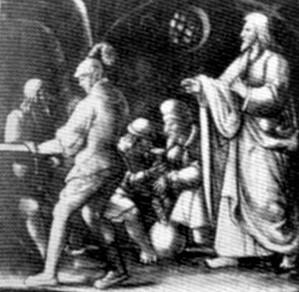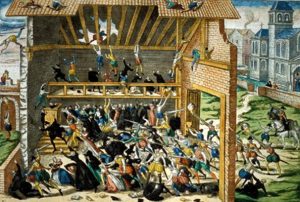A turbulent past
The Vosges mountain-range which runs parallel to the Rhine river for 170 km, separates the plain of Alsace made up of the departments of Haut-Rhin (Upper-Rhine) and Bas-Rhin (Lower-Rhine), from the Lorraine region of the Moselle and Vosges départements, the latter adjacent to to the Parisian basin.
They were politically opposed for a long time and were fiercely fought over by the Kingdom of France on the one hand, and by various German powers on the other, but also by the Austrian Empire. Both were joined to France with mixed success during the 17th and 18th centuries, and eventually succeeded when the free cities of Strasbourg and Mulhouse joined France receptively in 1781 and 1798.
These territories reverted to German territory from 1871 to 1918, following the 1870 war, and then from 1940 to 1945, during the Second World War.
A Protestant anchoring
The advantages attributed to the Churches by Napoleon Bonaparte in the Organic Articles of 1802 were restored each time Alsace-Moselle was restored to France: the provisions of the 1905 law on the separation of Churches and the State do not apply.
The importance of Protestantism in Alsace, whose particularism is related to the use of the Alsatian language, is explained by the early dissemination of Luther’s theses in Strasbourg and by the close links between Mulhouse and the Calvinist city of Geneva. Thus, Alsatian Protestantism is rather Lutheran in the region of Strasbourg and reformed in the north of Alsace. In Moselle, Protestantism is not widespread and is reformed.
In 1969, the governing bodies of the Lutheran and Reformed Churches of Alsace-Moselle came together to regulate part of their activities and again in 2006. The Union «responsible for conducting joint actions and strengthening the links between the two Protestant Churches of Alsace and Lorraine» (UEPAL) was ratified.





